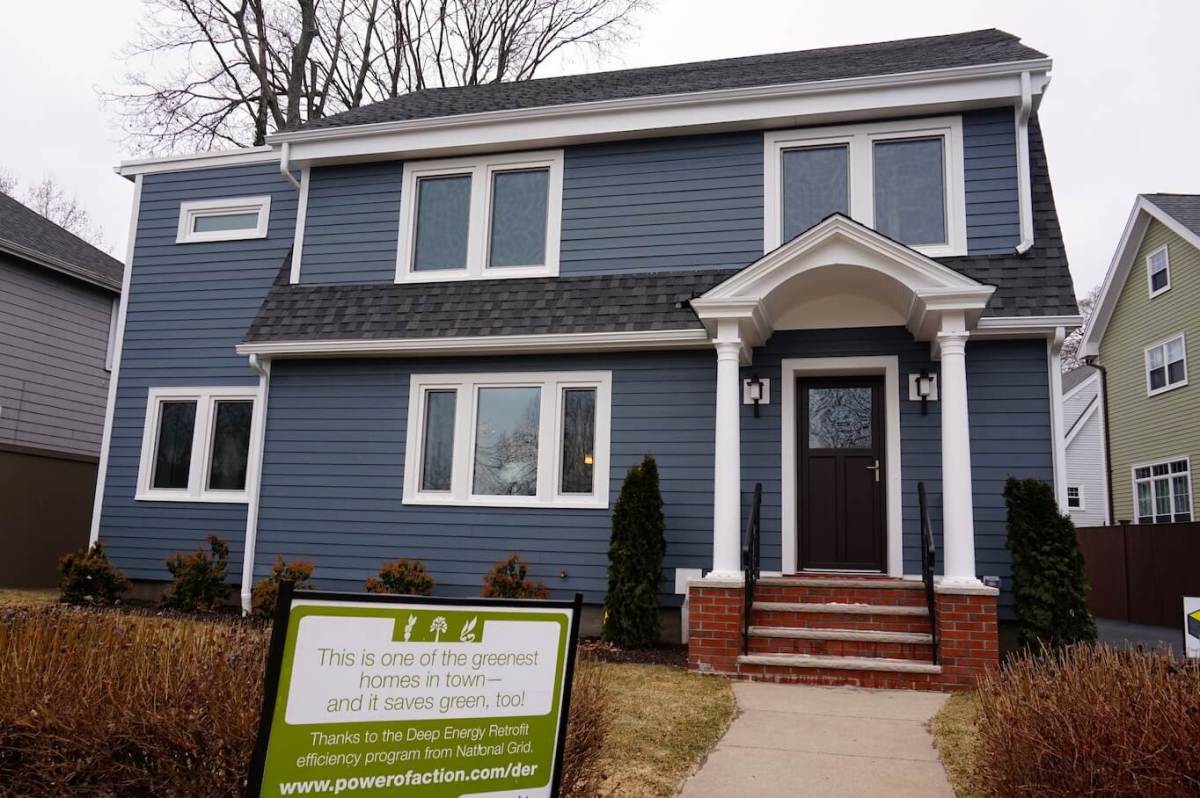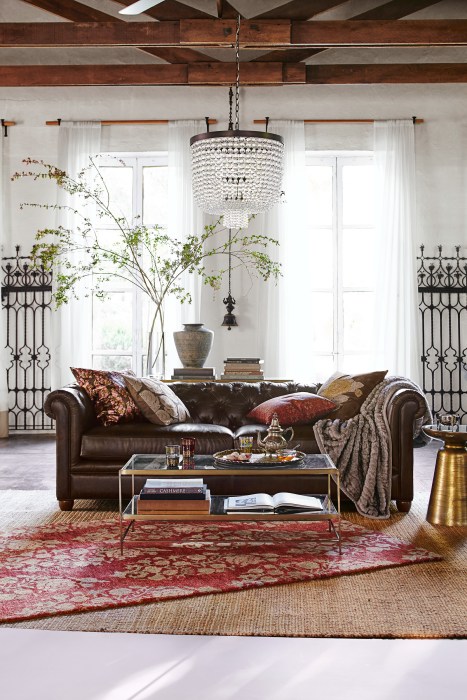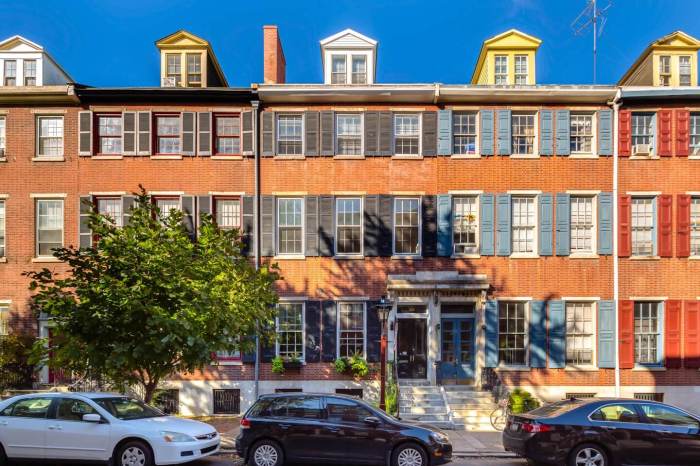The recent Lumber Liquidators scandal, exposed in a report on ABC’s “60 Minutes,” involved the discount wood company selling toxic Chinese manufactured laminated flooring, and caused many to wonder just what’s in the walls, floors and fittings in a home they rent or buy. Commonly used chemicals include formaldehyde (carpeting, laminates, cabinetry), phthalates (vinyl tile, wood finishes), toluene (paints, adhesives) and PFCs (carpeting), many of which are suspected of causing fertility problems, asthma, Parkinson’s, allergies, headaches and fatigue. So-called sick buildings are evensuspected ofcausing some cancers. Which is why, ten years ago, Leland DiMeco founded Boston Green Realty, a real estate company based on Tremont Street in Boston. “When I was in school, there wasn’t all these allergies and asthma that’s so prevalent now,” says DiMeco. “A lot of people believe it’s the houses they’re living in. When we started this business we were ahead of the curve really, but we weren’t trying to be. It was just what my wife and I believed in: Living healthier is our personal choice.” DiMeco became Massachusetts’s first certified EcoBroker. DiMeco says the green home business isn’t one-size fits all customers, though: “There are different shades of green buyer. Some are looking at the energy side and want to lower a home’s operating costs. Some are looking at health benefits because of chemical sensitivity. They don’t care about money at all, they just want to live and breathe healthier air. And there are some people who genuinely care about the planet and do it through their own ethical choices,” he adds. It’s hard to think shiny wood floors and smart new cabinetry could be poisonous — “Stains, formaldehyde, paint: there’s so much off-gassing in new homes,” says DiMeco — but a new generation of homeowner is asking questions. “Generally, we’re finding it’s people in their mid-30s to 40s, who have done their research and found the major benefits of healthier indoor air quality,” says DiMeco of his customers. “The market crash and gas and heating oil prices pushed people into energy efficiency. Even traditional buyers are more into saving money on heating. Green construction is the future.” LEED is not the only answer
LEED certification gives homeowners a sense of a building’s health qualities, but just because it isn’t LEED certified, it doesn’t mean it isn’t green. “LEED certification is a wonderful program that sets building plans and codes above traditional standards. It’s third party verification. But a builder or home owner might prefer to allocate the cost of certification to adding solar panels or something that will improve the home,” explains DiMeco.
How to find a greener home in Boston

Boston Green Realty


















